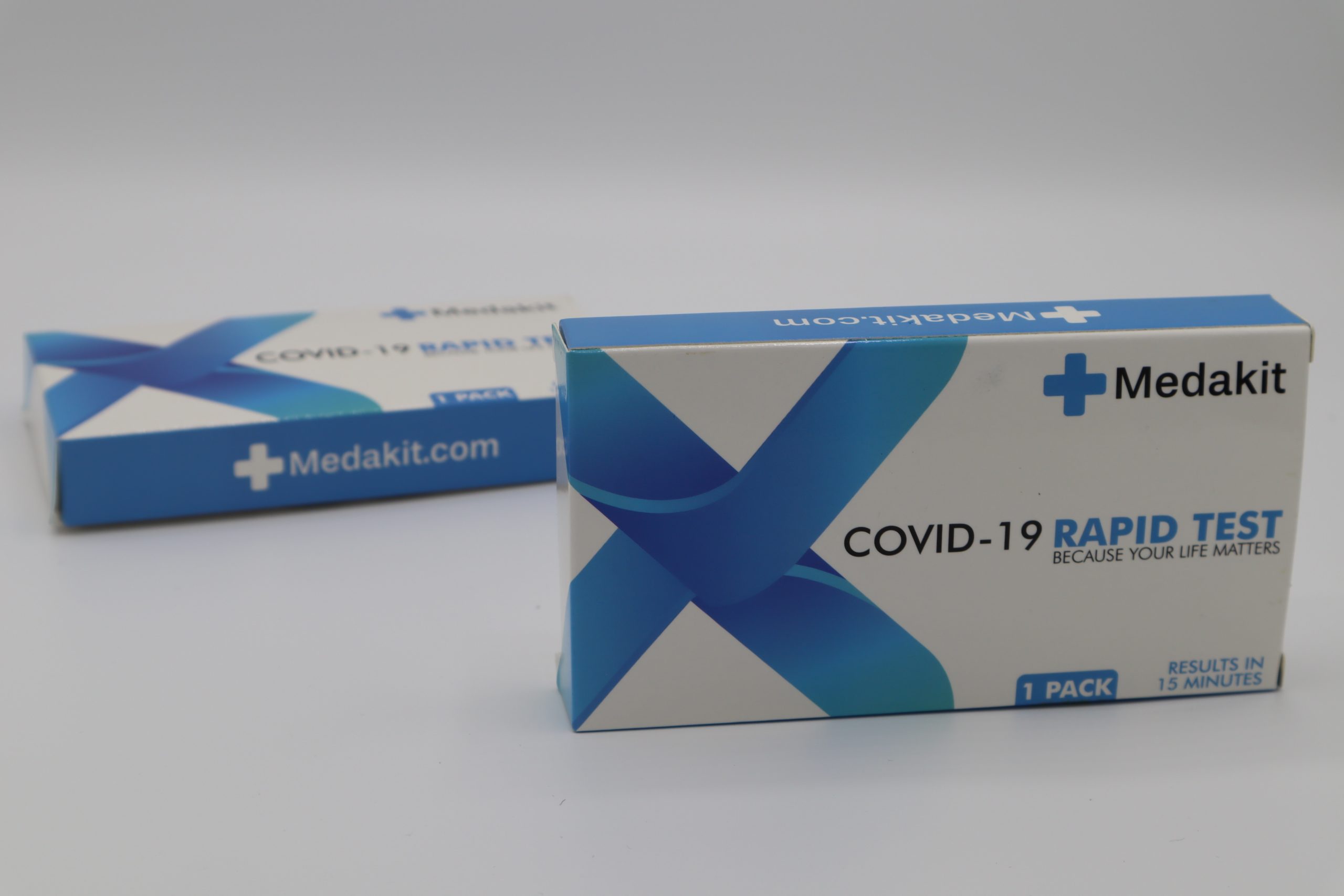With recent reports about Abbott’s rapid COVID-19 testing and contact tracing app, many are starting to feel better about the ability to combat the spread of COVID-19 in their communities.
But can this testing be trusted?
Colleges and businesses alike have been tasked with identifying the most efficient way to get back to work and the classroom amid the COVID-19 pandemic. With the ever-changing environment, the adoption of effective safety protocols has been difficult.
This is because the lack of sufficient COVID-19 testing has forced the U.S. to fight the pandemic while wearing a ‘virtual blindfold’. While there are a plethora of tests and many reasons for them, not all are created equal as we need to ensure that the testing done is accurate and appropriate.
Two types of active disease tests
There are currently two types of active disease tests available that provide sufficient validity: Polymerase Chain Reaction (PCR) and Antigen testing. PCR testing looks for the virus’ DNA, while Antigen testing looks for proteins on the outside of the virus.
PCR testing can only be done in a lab, can take a day or more for results, and is typically more expensive than Antigen testing. Whereas Antigen testing can be done on site, under 20 minutes and cost less than $20.
Sensitivity and Specificity
When looking at the types of tests, one of the most important factors is the accuracy of them, and PCR is more accurate than Antigen testing.
Diving deeper, there are two measurements that provide critical information on the reliability of a test – Sensitivity and Specificity. It’s important that both are reviewed to understand the effectiveness and shortcomings of different testing methodologies.
The test’s Sensitivity is sometimes called the “true positive rate.” This measures how frequently the test is positive when the person being tested actually has the disease. For example, when a test has 80% sensitivity, the test detects 80% of patients with the disease (true positives).
The test’s Specificity is sometimes called the “true negative rate.” It measures how frequently the test is negative when the person being tested doesn’t have the disease. For example, when a test has 80% specificity, the test correctly reports 80% of patients without the disease as test negative (true negatives).
So, what makes the PCR test the most accurate test? When collected properly, it’s sensitivity and specificity should be 100%.
Rapid COVID-19 testing
The new Abbott $5 antigen test, which utilizes a piece of paper the size of a credit card and provides results in 15 minutes, is among the best available, but is still not as accurate as the PCR. This is because the Abbott test is 97% sensitive and 98.5% specific. Though seemingly perfect, that 2-3 percent of outliers can have big consequences depending on the populations tested.
Further, the value of any test at any particular time will also depend on how likely someone is to have the disease in the testing population.
To expand, let’s look at a group of people taking the test because they think they might have COVID. Let’s say 25 percent of the people who get tested actually have active disease. With the Abbott test, for every 1,000 people you test, 11 will have a false positive and eight will have a false negative result. With a PCR test, four will have a false positive and one will have a false negative.
The problems with false results of tests are more exaggerated when looking at Surveillance testing. Surveillance testing is testing large groups that have about the same risk of having COVID as the surrounding population. Here are results of false results for Surveillance testing in various States using their COVID statistics:
| STATE | COVID Positivity | Abbott False Pos. | PCR False Pos. | Abbott False Neg. | PCR False Neg. |
| VERMONT | 1.12% | 15 | 5 | 0 | 0 |
| WEST VIRGINIA | 2.67% | 15 | 5 | 1 | 0 |
| NEW MEXICO | 3.24% | 15 | 5 | 1 | 0 |
| NEW YORK | 4.68% | 15 | 5 | 1 | 0 |
| OREGON | 4.80% | 14 | 5 | 1 | 0 |
| ILLINOIS | 5.51% | 14 | 5 | 2 | 0 |
| CALIFORNIA | 5.87% | 14 | 5 | 2 | 0 |
| TENNESSEE | 6.96% | 14 | 5 | 2 | 0 |
| WISCONSIN | 7.06% | 14 | 5 | 2 | 0 |
| INDIANA | 8.54% | 14 | 5 | 3 | 0 |
| SOUTH DAKOTA | 10.19% | 14 | 5 | 3 | 1 |
| NEVADA | 11.43% | 13 | 4 | 4 | 1 |
| IDAHO | 12.72% | 13 | 4 | 4 | 1 |
| FLORIDA | 13.47% | 13 | 4 | 4 | 1 |
| MISSISSIPPI | 14.42% | 13 | 4 | 4 | 1 |

Another real world example
An easier way to think of this and the resulting tradeoffs can be seen when compared to airport security. Security agents form a barrier and utilize scanners to prevent dangerous items from being brought on board the plane. Now, the alarms go off when a gun or knife are found, but that same alarm will also ring for belt buckles or jewelry. This is because the scanner prioritizes sensitivity, not specificity, and will sound the alarm when it identifies anything it perceives as dangerous. So, due to this low specificity it is more likely to have false alarms than positive ones. Meaning that threatening alarm is more likely due to a belt buckle than a firearm.
Should you consider rapid COVID-19 testing?
While Surveillance testing will appear to miss less people with the virus, it’s because you’re testing a lesser percentage of people with the virus. However, the test will cause many more false positives to appear, making more people think they have COVID-19 than actually do. This effect is exaggerated with an Antigen test vs. a PCR test.
While I see the benefits that come to having a test that can provide fast results, I have a stronger belief in the need for accurate results to be effective.
I’d love to hear your thoughts. Please include your comments below or message me about your thoughts on rapid testing and what types of testing and protocols your institution is putting in place to keep your staff, students and clients safe.
Did you enjoy this article? Sign up and receive great content like this in our monthly newsletter. Already registered? Share with a friend.


